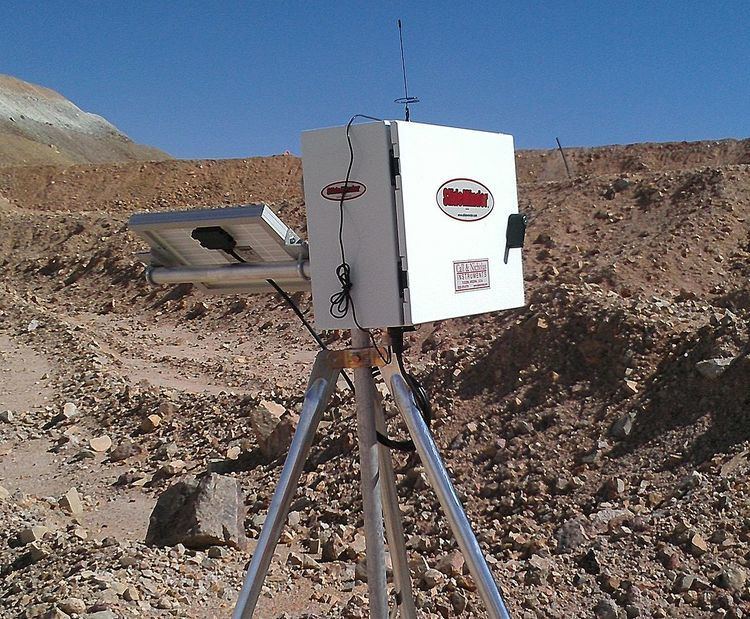 | ||
Similar Deformation mechanism map, Severe plastic deformation, Thick skinned deformation | ||
Deformation monitoring (also referred to as deformation survey) is the systematic measurement and tracking of the alteration in the shape or dimensions of an object as a result of stresses induced by applied loads. Deformation monitoring is a major component of logging measured values that may be used to for further computation, deformation analysis, predictive maintenance and alarming.
Contents
Deformation monitoring is primarily related to the field of applied surveying, but may be also related to civil engineering, mechanical engineering, construction, and geology. The measuring devices used for deformation monitoring depend on the application, the chosen method and the preferred measurement interval.
Measuring devices
Measuring devices (or sensors) can be sorted in two main groups, geodetic and geotechnical sensors. Both measuring devices can be seamlessly combined in modern deformation monitoring.
Application
Deformation monitoring can be required for the following applications:
Methods
Deformation monitoring can be manual or automatic. Manual deformation monitoring is the operation of sensors or instruments by hand or manual downloading of collected data from deformation monitoring instruments. automatic deformation monitoring operation of a group of software and hardware elements for deformation monitoring that, once set up, does not require human input to function.
Note that deformation analysis and interpretation of the data collected by the monitoring system is not included in this definition.
Automated deformation monitoring requires instruments to communicate with a base station. Communication methods used include:
Regularity and scheduling
The monitoring regularity and time interval of the measurements must be considered depending on the application and object to be monitored. Objects can undergo both rapid, high frequency movement and slow, gradual movement. For example, a bridge might oscillates with a period of a few seconds due to the influence of traffic and wind and also be shifting gradually due to tectonic changes.
Deformation analysis
Deformation analysis is concerned with determining if a measured displacement is significant enough to warrant a response. Deformation data must be checked for statistical significance, and then checked against specified limits, and reviewed to see if movements below specified limits imply potential risks.
The software acquires data from sensors, computes meaningful values from the measurements, records results, and can notify responsible persons should threshold value be exceeded. However, a human operator must make considered decisions on the appropriate response to the movement, e.g. independent verification though on-site inspections, re-active controls such as structural repairs and emergency responses such as shut down processes, containment processes and site evacuation.
